Can You Freeze Broccoli?

In terms of versatility, very few vegetables can come close to broccoli. It manages to combine incredible nutritional benefits with viability in a vast range of meals. However, what are you supposed to do when you’ve got an excess either due to an excellent crop from the home garden or a sale at the grocery store? The answer, ultimately, is to freeze it.
You can freeze broccoli by first rinsing and then blanching the vegetables. Like most greens, broccoli must be placed in boiling water for approximately three minutes and then dunked into ice-cold water immediately afterward. After being thoroughly dried, it can then be frozen using a tray or plate in the freezer, then placed into a bag or container.
Like freezing most vegetables, there are some essential details to remember to achieve the best results from your endeavors. Continue to learn more about the best practices to ensure your extra broccoli doesn’t go to waste.
Why Freeze Broccoli?

As mentioned above, broccoli is a very nutrient-rich and versatile vegetable. Whether or not its often claimed status as a “superfood” is accurate or not, broccoli provides an enormous number of health benefits. Not only is broccoli an excellent source of protein and fiber, but it contains potassium, calcium, iron, selenium, and magnesium as well. To round out its nutrient profile, broccoli contains many B vitamins, as well as vitamins A, C, E, K, and a healthy supply of folic acid.
One of the other reasons to freeze broccoli is that it handles the process pretty well. Relative to other leafy greens, it freezes quite well as long as the proper precautions are taken to ensure that it lasts in its frozen state.
How to Freeze Broccoli
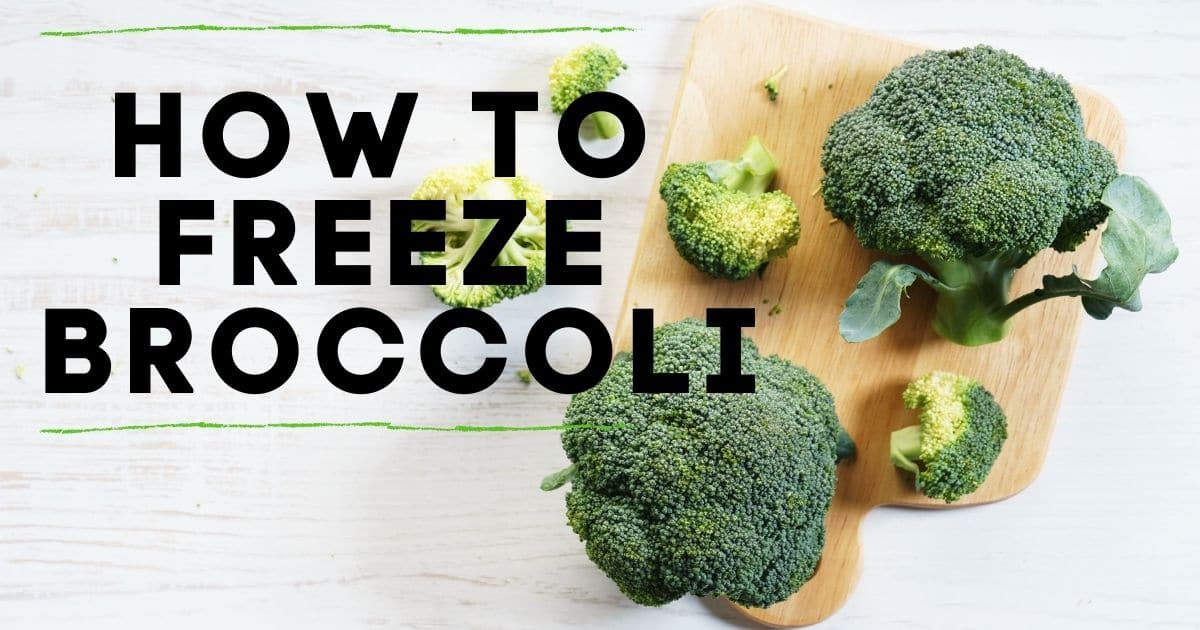
If you plan to freeze a large amount of broccoli, you should prepare yourself for a little bit of effort to get the best results. Before you continue to the steps listed below, try to select the freshest broccoli heads for freezing.
More than most vegetables, broccoli benefits from planning ahead as freezing heads that are on the verge of going off will not work out well. If you acquire a considerable haul of broccoli, separate as much of it as you know you will eat right away and then freeze the rest immediately. By getting the jump on the freezing process, you will be able to enjoy your vegetables in that fresh state whenever you defrost them.
Keep that in mind as you go through the following step-by-step guide to freezing broccoli.
Step 1
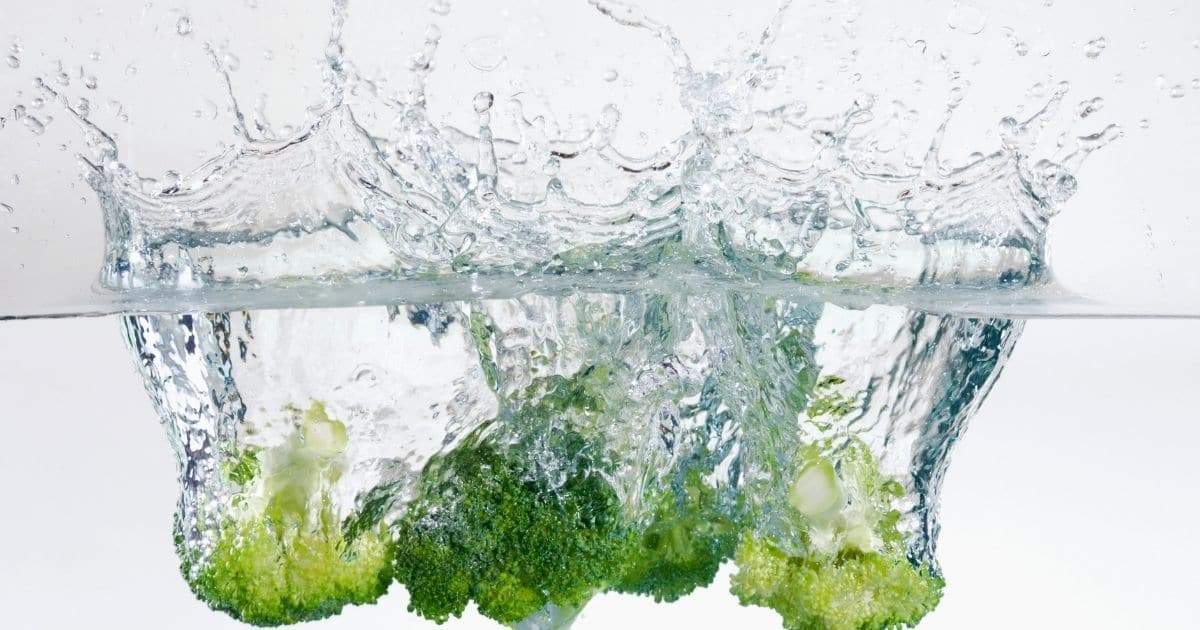
The first step you should take with your haul of broccoli is to wash it very thoroughly and then trim the ends and stalks. Start by cutting the crowns into relatively similar sized florets, and then submerge those florets into a large bowl of cold water. Stir and shake the florets in the bowl of water to dislodge any dirt caught in among the tightly packed buds, and then drain and rinse them well.
Rather than wasting the stems, trim the ends and then use a vegetable peeler or a knife to peel them instead. Broccoli stems contain many nutrients in them as well, and they can be sliced into uniform pieces and blanched to freeze right alongside the florets.
Step 2
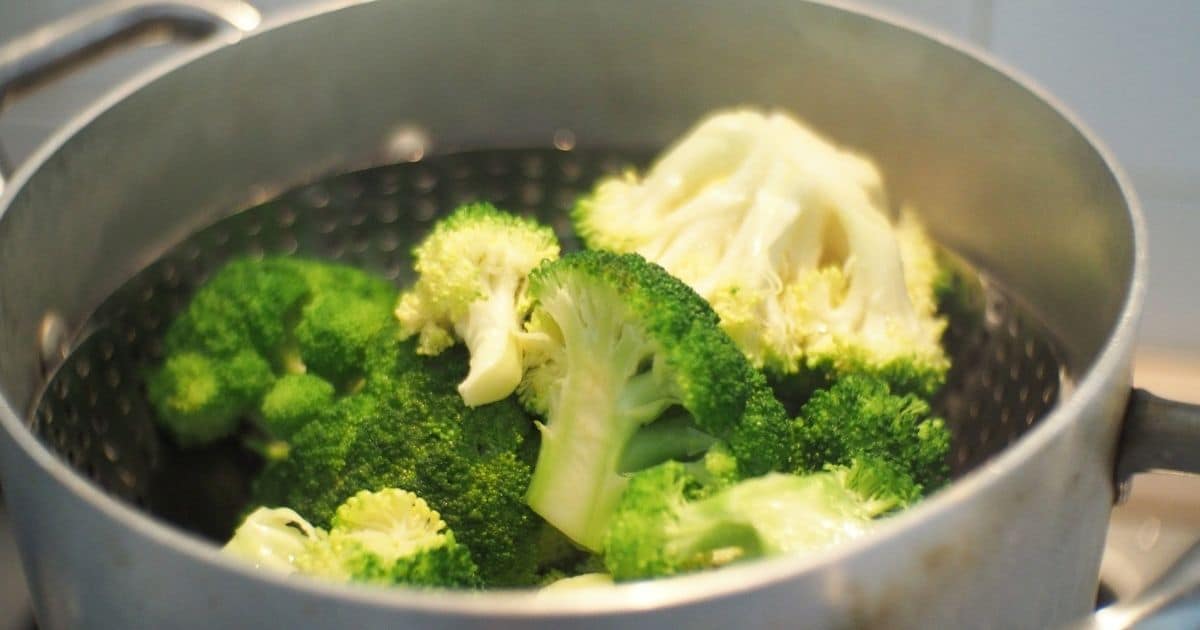
Vegetables require cooking to break down the enzymes that would otherwise render them soggy and without color in the freezer. To ensure that your broccoli keeps its bright green color and gentle crunch, you can either blanch or steam it to give it the necessary cooking level.
In order to steam your broccoli, you will need to have a pot that comes equipped with a steamer basket. If you opt to go with this method, start by putting a couple of inches of water in the bottom of the pot and then place the steamer basket above it.
Bring the water to a gentle boil at medium-high heat, and then add the trimmed broccoli florets and stems, then cover the pot with a tight-fitting lid, and cook until the vegetables are bright green and tender. Use a slotted spoon to dunk the finished broccoli into a bowl of ice water until they cool completely. Then pat the florets and the stems dry with a clean towel or paper towels.
If you don’t have a steamer basket, you will need to fill a large pot with salted water and bring it to a boil. Once the water is boiling, place the trimmed broccoli florets and stems into the water and let them cook until they show the same signs as the steaming method above. Once the broccoli is fully cooked, move it to the ice-cold water bowl and let it cool all the way through before patting it dry.
Step 3

When you have blanched and dried your broccoli, you are ready to begin the freezing process. Unlike other vegetables, where you can simply toss them into a bag or container and let the freezer do all the work, broccoli requires a little bit of additional preparation.
Begin by laying the broccoli florets and stems on a tray or plate in a single layer. You may wish to use parchment paper to line either option to prevent the broccoli from sticking after freezing. Place the tray or plate in the freezer until your broccoli freezes completely solid, which usually takes between one and two hours, depending on your freezer.
When the time has passed, and your broccoli has frozen entirely through, you can transfer them to either a plastic container or a resealable freezer bag. As long as you have followed these steps correctly, your frozen broccoli should last in the freezer without the risk of freezer burn for between six and eight months.
As you can see, while there are some extra steps for freezing broccoli that other vegetables don’t always require, the actual process itself is straightforward and will provide fantastic end results.
Thawing And Cooking With Your Frozen Broccoli
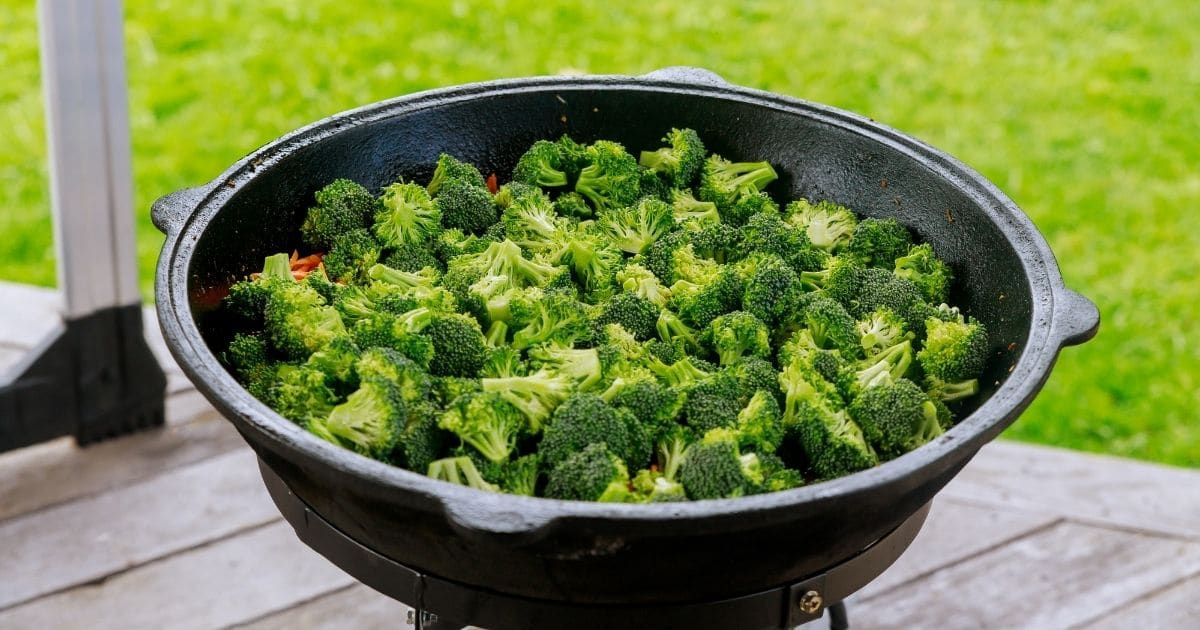
Now you should have a ready supply of frozen broccoli prepared at a moment’s notice for any meal you need. The best part is that there are various easy ways to thaw and use your frozen broccoli when you’re ready to eat it.
If you’re planning to use your broccoli the next day, you can leave it in the fridge overnight. If you have less time to work with, you can also toss your frozen florets and stems into a pot of salted water and boil them for one or two minutes. It is crucial to keep the time the broccoli spends in the boiling water to a minimum, however, to thaw and heat the broccoli without overcooking it.
Another option is to toss the frozen florets and stems into a hot pan with butter. Since frozen broccoli lacks the necessary crunch of its fresh and raw version, it is best to use it in some way that benefits the softer texture. Broccoli that is frozen by using the steps above will not be soggy, but it will not have the raw version’s proper crunch.
Best Uses For Your Frozen Broccoli
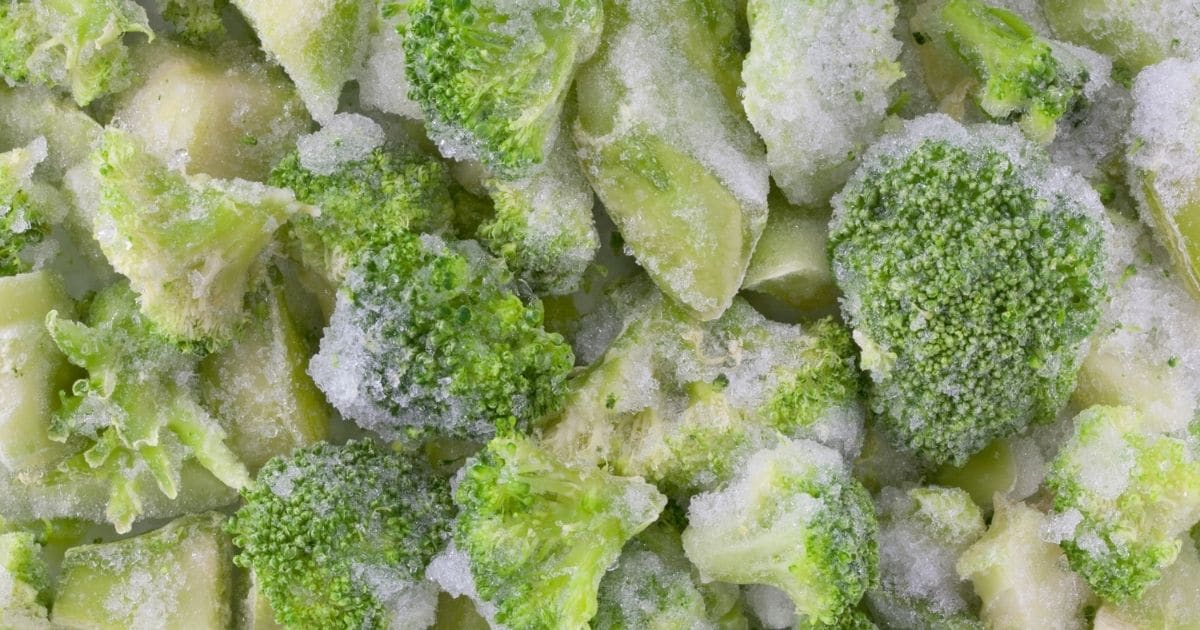
If you are not familiar with all the different ways to use broccoli, you will be amazed at all the different ways you can use this versatile vegetable. This section will highlight some of the best ways to use frozen broccoli that you have put away for the long winter months.
Note that the vast majority of these meals will require cooking, as thawed broccoli does not work very well in salads or other raw meals. Additionally, rather than post individual recipes, you will find that the following are general meal suggestions and ways to utilize broccoli that can benefit from whatever other ingredients you happen to have available.
Sauteed Broccoli With Almost Anything
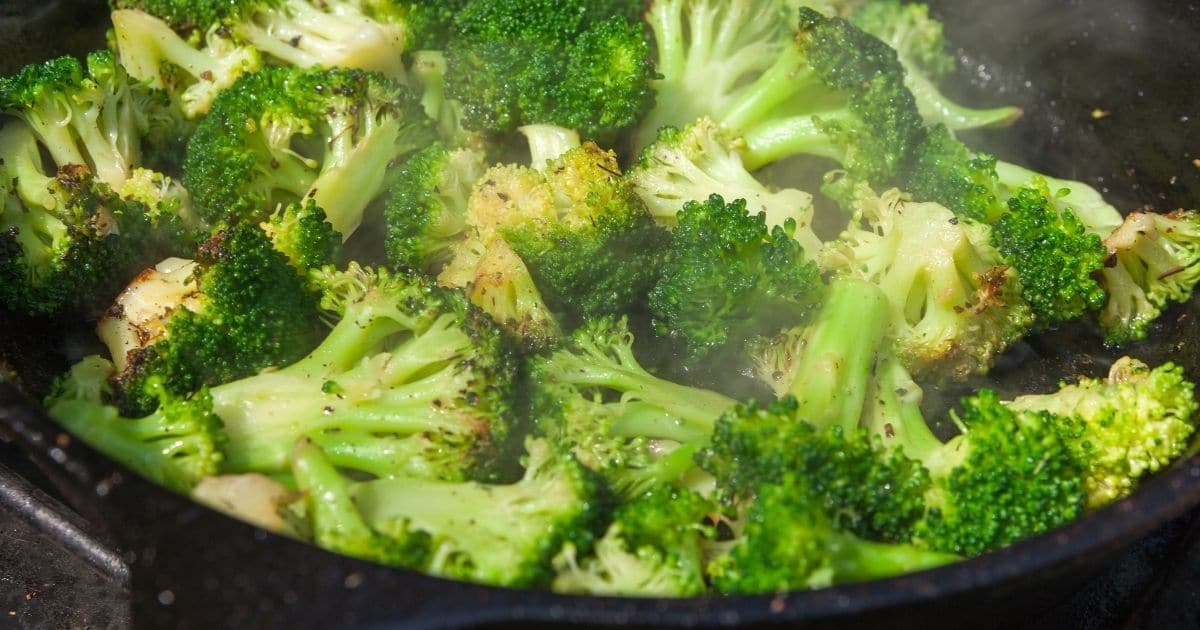
Broccoli truly is one of the most versatile green vegetables out there. If you correctly saute your broccoli florets and stems in butter or oil, you can develop a perfect crispy texture with a soft interior that goes well with many different kinds of fried food. Try using your frozen broccoli with egg and other vegetables to create a stir-fry experience served over rice.
Suppose you are looking for something even more straightforward and healthier. In that case, you can just saute broccoli on its own with garlic, salt, pepper, and your favorite seasonings to create a healthy and delicious meal in only a few minutes.
Broccoli With Cream Sauces And Pasta

Almost everyone is familiar with some form of pasta with white sauce, such as chicken alfredo or its equivalent. Broccoli really shines in these dishes, and since you have already pre-cooked your broccoli for a few minutes prior to freezing to keep them safe while they are in long-term storage, the prep time on your vegetables will be short.
In order to pick up all the flavors of the other ingredients in the pasta, add your broccoli right at the very end at only a simmer so that you won’t have to worry about overcooking it.
Baking Your Frozen Broccoli

Using your broccoli in oven-baked dishes will save you a lot of work and give a healthy and delicious addition to many meals. Whether you are planning to make a casserole, or a homemade pizza, a bit of broccoli tossed in oil and spices can lend a lot to these kinds of meals.
Also, the natural moisture of your frozen broccoli will help individual meals that may be too dry otherwise. Yet the methods used to freeze your broccoli will prevent it from becoming too soggy in the dish.
Set Yourself Up For Success
At this point, if you don’t already have a large supply of broccoli that you are trying to figure out what to do with, you will likely be tempted to run out and buy some. Now that you are equipped with the knowledge to make a large quantity of fresh broccoli last, you can bring home as much as you can carry. Just remember to do the necessary preparation steps, and you will be impressed at how many meals this little green vegetable fits into.